Interactive Handbook
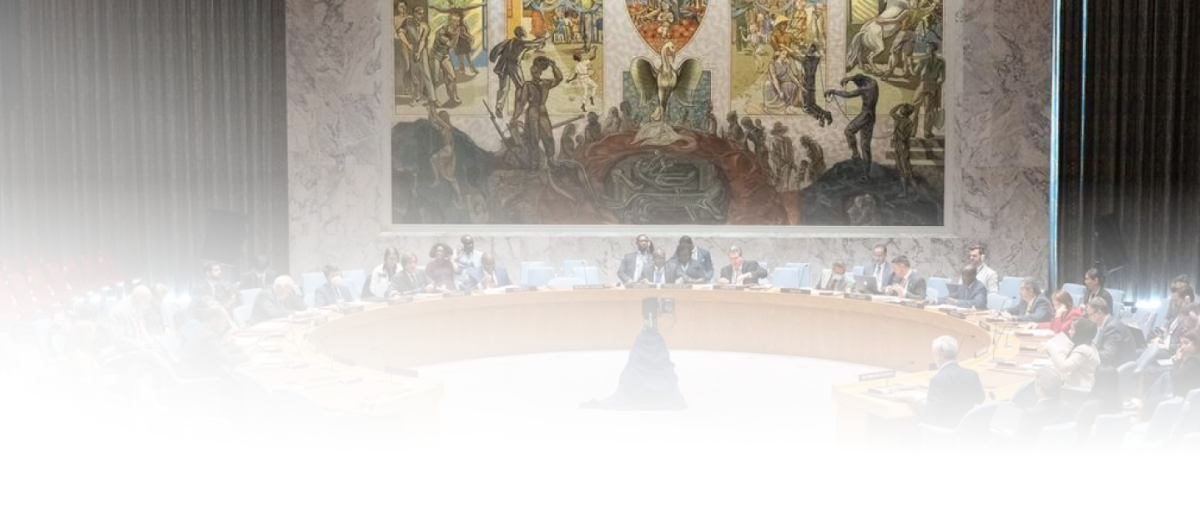
Interactive Handbook of the Working Methods of the Security Council
The Handbook on the Working Methods of the Security Council, originally developed by the Permanent Mission of Japan to the United Nations, serves as a practical guide to the rules, practices and procedures of the Council. Powered by technology, this Handbook replaces prior versions published in hard copy which are available in the Reference documents section of this website. It is intended to be a new and enhanced contribution to better understand and implement the working methods of the Council as provided for in the notes by the President of the Security Council, the Provisional Rules of Procedure and the Charter of the United Nations.
The 16 thematic tiles below are based on the sections of the Note by the President of the Security Council dated 30 August 2017 (S/2017/507) and the themes of the notes subsequently adopted in 2019 and 2021 under the auspices of the Informal Working Group on Documentation and Other Procedural Questions (IWG). They offer easy access to the text of the notes which can also navigated in-depth via the search function.
-
Search note 507 and subsequent notes
-
Programme of work and monthly forecast
-
Meetings
-
Informal consultations of the whole
-
Briefings in meetings and informal consultations
-
Reports of the Secretary-General and other communication with the Secretariat
-
Intra-Council cooperation and consultation
-
Outcome documents
-
Consultations with troop- and police-contributing countries
-
Dialogue with non-Council members and bodies
-
Subsidiary bodies
-
Security Council missions
-
Annual report
-
Incoming elected members
-
Gender inclusivity in the Provisional Rules of Procedure
-
Multilingualism
-
Continuous functioning
-
Letters from the President of the Security Council concerning working methods during the COVID-19 pandemic
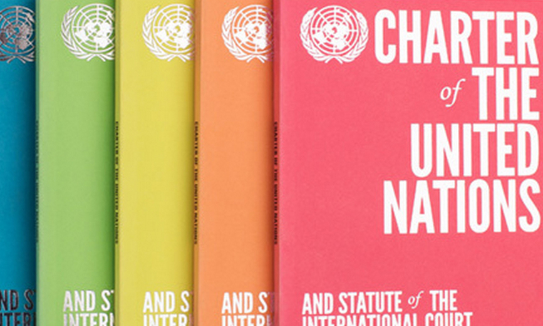
UN Charter
The Charter of the United Nations is the founding document of the United Nations. Signed on 26 June 1945 in San Francisco, it came into force on 24 October 1945. The Charter is an instrument of international law, and UN Member States are bound by it. The Charter codifies the major principles of international relations, from sovereign equality of States to the prohibition of the use of force in international relations.
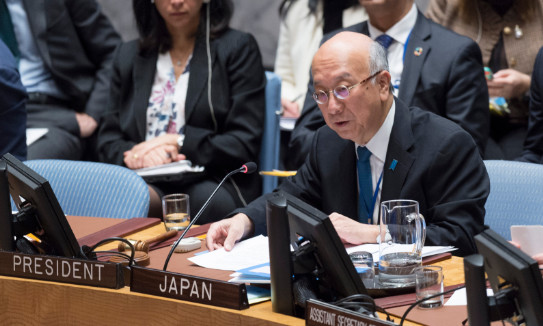
Provisional Rules
of Procedure
Article 30 of the Charter stipulates that the Security Council shall adopt its own rules of procedure. In 1946, the Council adopted its Provisional Rules of Procedure (S/96), which were subsequently modified on several occasions. The last revision was made in 1982 (S/96/Rev.7) in order to add Arabic as the sixth official language. Previous versions of the provisional rules of procedure were issued under the symbols S/96/Rev.1 to 6.
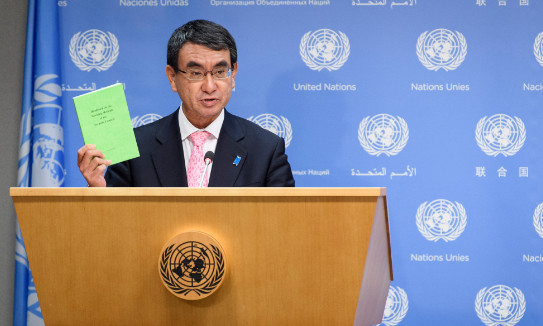
Reference documents
Featured in this section is a comprehensive list of all notes by the President of the Security Council issued in connection with its working methods since 1993 as well as archival records of previous editions of the Handbook on the Working Methods of the Security Council (also known as the “Green Book”), a publication sponsored by Japan and Note 507 Plus, a publication sponsored by Saint Vincent and the Grenadines.
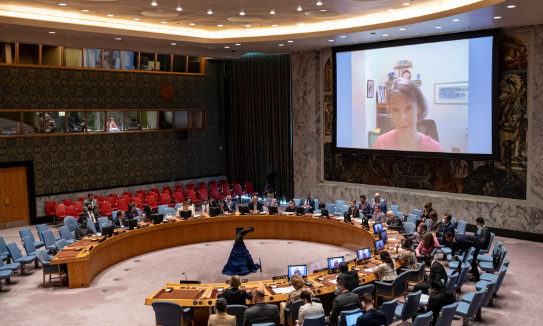
Implementation of
Note 507
The Implementation of Note 507 features a visual representation of the set of selected indicators included as part of the annual report of the Informal Working Group on Documentation and Other Procedural Questions (IWG) published for the first time in 2022 under the Chairmanship of Albania. The set of indicators offer a measurement of the level of implementation of the working methods agreed to by the members of the Security Council to achieve greater efficiency, transparency and effectiveness.
